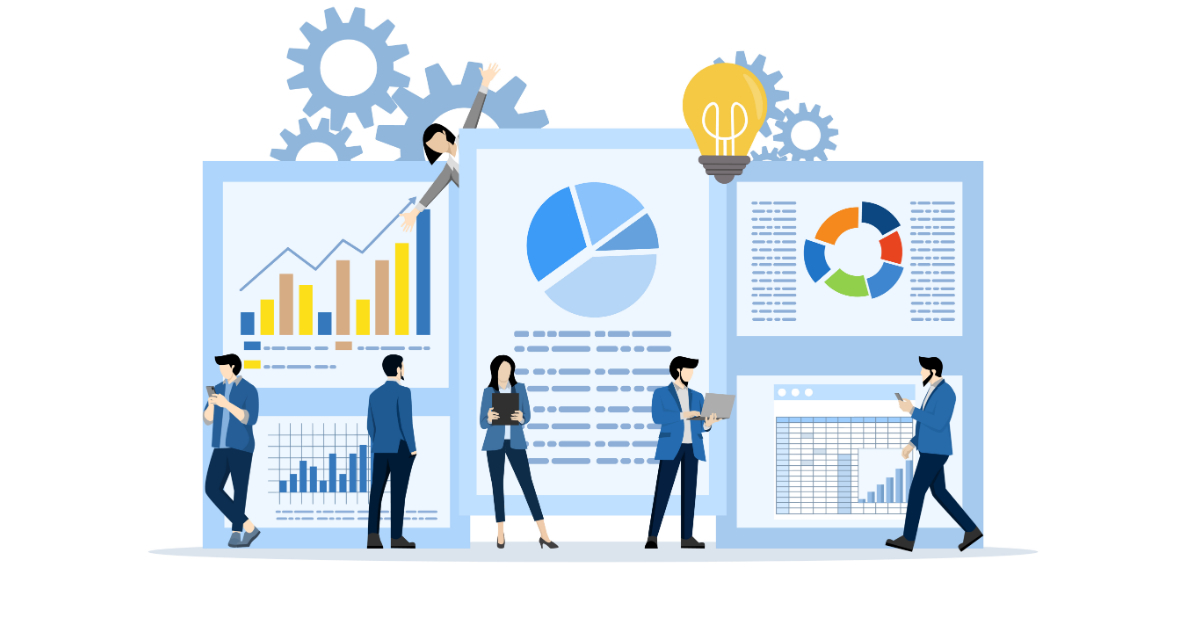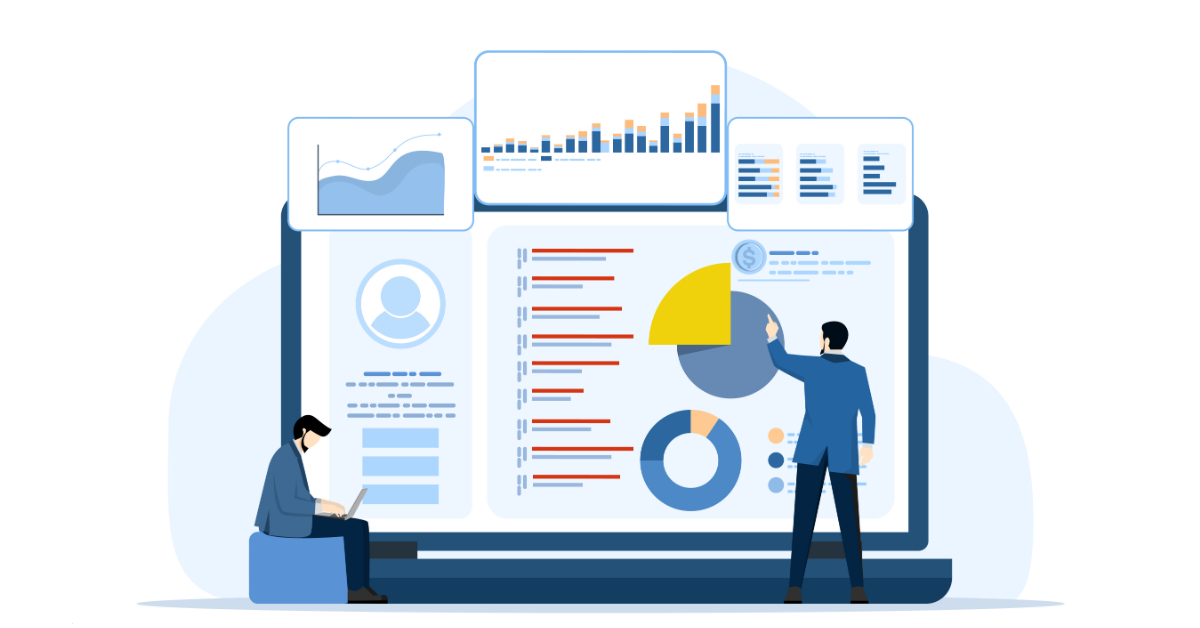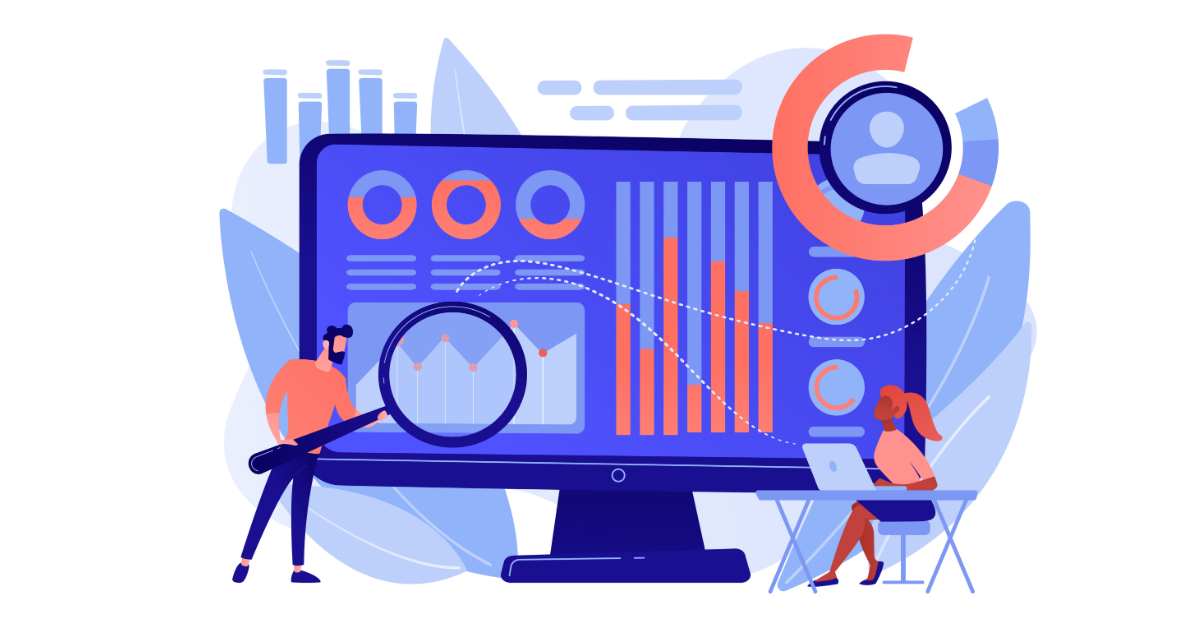If you work in a business and are feeling the pressure to collect and use data to grow your organisation, you’re not alone.
When GDPR regulations were implemented in 2018 and the Cambridge Analytica scandal came to pass, everyone—businesses and consumers alike, started to realise the real value and power of data. It’s no surprise data collection has become such an integral part of company operations.
But where do you start?
Well, you start by understanding the basics.
Types of data to be collected
Transactional Data
This is data that encompasses the history of interactions between your business and its customers. This includes purchases, orders, payments, and any other transactions. Accessing transactional data empowers you to:
-
Understand your customer’s behavior: You can analyse their buying patterns, preferences, and trends to tailor products and services accordingly for a more personalised customer experience.
-
Stay relevant: Spot popular products/services, seasonal variations, and emerging market trends that can impact your offering.
-
Optimise pricing strategies: Set competitive prices, offer discounts strategically, and implement dynamic pricing models.
Customer Data
This data is made up of information about individual customers or client groups. It typically includes demographics, preferences, purchase history, and interactions with your business. Understanding this data means that your business can:
-
Segment your customer base: Divide your customers into groups based on characteristics or behaviors for tailored marketing and service strategies.
-
Personalise your marketing campaigns: Create targeted and relevant marketing messages based on customer’s preferences and behaviours. For example, you could market specifically to people who have bought from your brand three times in the past 6 months with a special loyalty offer.
-
Improve the customer experience: Anticipate your customer’s needs, provide personalised recommendations, and offer impactful support.
Operational Data
Operational data pertains to the day-to-day activities and processes within your business. This can include production metrics, inventory levels, workflow data, staff numbers, retention rates and more. Capturing operational data allows your business to make your ops more efficient by:
-
Making it easier to identify bottlenecks: You can pinpoint areas of inefficiency or delays in processes and implement solutions that are actually relevant and will drive change.
-
Giving you the visibility you need to allocate resources more effectively: You can allocate resources such as manpower, equipment, and inventory more effectively based on real-time data insights.
Financial Data
This is data that encompasses all information related to the financial health and performance of your business including revenue, expenses, profit margins, cash flow, and financial forecasts. Capturing financial data can help your business to:
-
Monitor your businesses financial health: You can track income, expenses, and overall financial performance to keep you on track for growth.
-
Spot cost-saving opportunities: Analyse cost structures, identify areas of overspending or inefficiency, and implement cost-saving measures.
-
Forecast revenue and expenses: You can use historical and real-time financial data to forecast future revenue streams, expenses, and budget allocation.
External Data
External data refers to information you get from outside your organisation and its operations, such as market trends, competitor activities, industry insights, and economic data. Capturing external data allows you to:
-
Stay informed about what’s happening in your industry: You can monitor market trends, consumer behavior shifts, and industry dynamics to adapt strategies accordingly.
-
Keep up with your competition: Gather insights into competitors’ products, pricing strategies, marketing tactics, and market positioning for competitive advantage.
-
Discover new business opportunities: Identify untapped markets, potential partnerships, emerging technologies, and new business prospects based on external data analysis.
Pay attention to how you might capture and report on this external data, as it could be different to processes for internal data. Check what native integrations your platform has to support surfacing data from other platforms to give you a single source of truth.
How to decide what data you need
In the seemingly endless sea of data available to businesses, it’s important to note that you don’t need it all. The sooner you realise this, the less likely your systems are to be overloaded by mounds and mounds of irrelevant data and the associated costs.
According to data scientists, the cost of verifying a data record is $1, the cost of fixing a data record is $10 and the cost of doing nothing is $100 per record— a figure that accounts for opportunity and operational costs.
Understanding what data is actually useful to your business requires a strategic approach that’s closely aligned with your business objectives. That’s why, before diving into data collection, you’ve got to define those business objectives and goals.
This involves:
-
Identifying key performance indicators (KPIs): Determine the metrics that directly reflect your business performance and success. These could include sales figures, customer retention rates, production efficiency, or marketing ROI.
-
Defining business goals: Outline specific, measurable, achievable, relevant, and time-bound (SMART) goals that align with your overall business strategy.
-
Target metrics: Identify the specific data points and metrics that are instrumental in measuring progress towards your business goals and KPIs.
Data is only valuable when it is reliable, accurate, and relevant to your decision-making processes. Here are some key steps to help you increase the reliability, accuracy and usefulness of your data:
-
Make sure that the data you collect directly contributes to achieving your defined business objectives and is aligned with your KPIs and goals.
-
Verify the accuracy of your data sources, eliminate duplicates, correct errors, and maintain data integrity throughout its life-cycle. In other words, keep your data clean!
-
Collect all necessary data points needed to understand not just what is happening, but why it’s happening. Missing or incomplete data can skew your insights and recommendations.
-
Access real-time or near-real-time data whenever possible so you can make decisions proactively and pivot as fast as possible if necessary.
-
Make sure you revisit your data goals and put processes in place to keep your data clean. We recommend having a revision scheduled for every six months. This may seem like a lot, but your targets and KPIs will change as the business grows and it’s important to keep on top of that.
By focusing on data that is relevant, accurate, and aligned with your business objectives, you can maximise the value of your data assets and drive meaningful insights and actions. We recommend consulting with your data team, as they will have the best knowledge and understanding of the data and platforms.
Setting up for growth
One of the more important points to remember is that when you’re setting up your data processes in your CRM (or whatever platform you choose), a 10X mindset is key. Think about what you need now, but consider what you might need in the future and whether your processes can evolve to meet those needs. For example, when you’re creating a country property or pipeline, you may only need it for a certain country right now but it should have the ability to work globally in the future. The systems and processes should always be scalable.
HubSpot’s custom reporting tools
If you’re looking for a way to monitor and analyse data from multiple sources, we recommend HubSpot’s custom reporting tools. With these tools, users can choose exactly what data you want to keep track of, and have a single source of truth for visualising trends (whether it be a report or a dashboard). No more scrambling to compare disjointed data points from various sources. Custom reporting tools give you the data you want to see, when you want to see it.
Get in touch with one of our friendly team to find out how we can get you set up to use these game changing reporting tools.




Comments